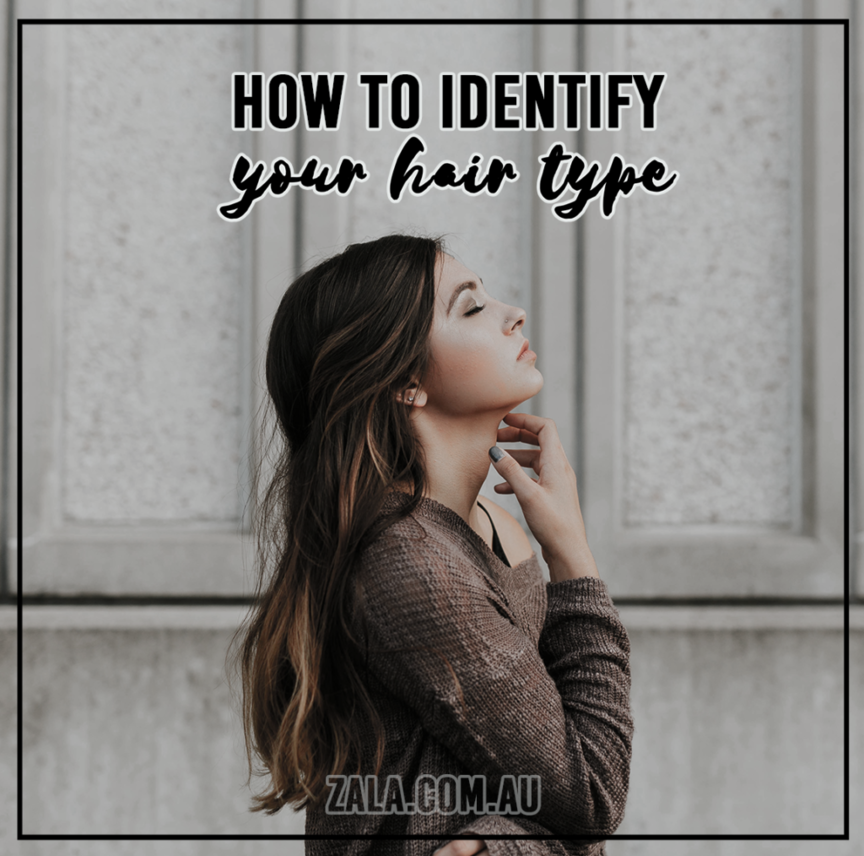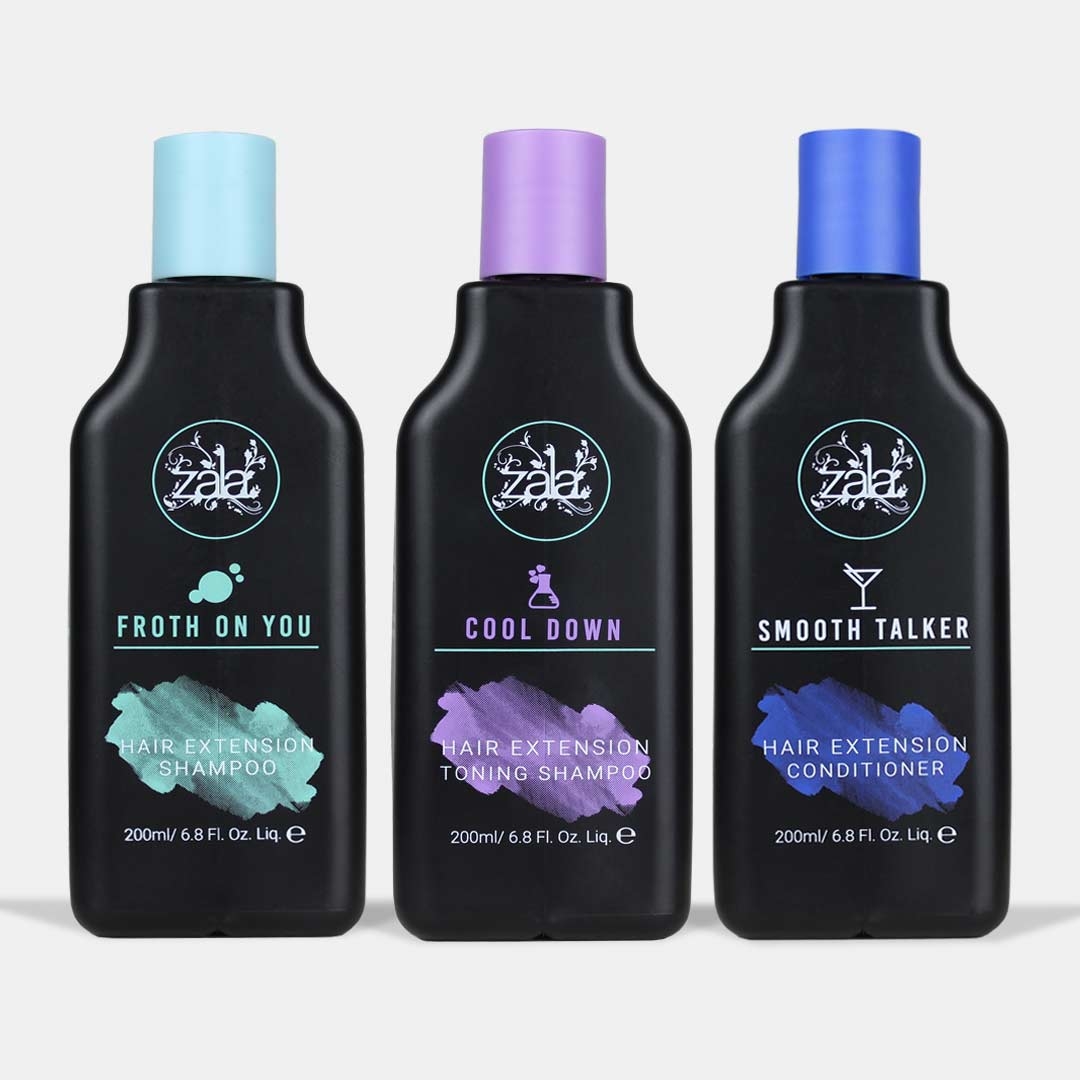How To Identify Your Hair Type
Have you been constantly switching the brand of your hair products because it seems like the previous one just made your hair more damaged? Are you one of those people who impulsively buys a shampoo and then usually regrets the decision because it didn’t deliver its promise of shiny, sleek locks?
It’s difficult to know which products are right for your hair, especially when you don’t even know what hair type you have. Just like skin, hair has different types, too. And surprisingly, straight, curly, and wavy are not the only types out there.
But, how will you know what hair type you have? We listed down below a few factors that will help you in identifying your hair type, and the good thing is, you can test these out yourself!

Hair Diameter
One of the easiest factors you can test out right now is your hair’s diameter. Hair diameter is the width of each individual strand. This test does not take in account the amount of hair you have on your head.
To start the test, simply take one strand of hair, feel it with your fingers, and then lay it flat on a table. If you can barely feel your hair strand with your fingertips and if you can barely see it on the table, then you have thin hair. If you can slightly feel and see the strand, you have medium hair. Lastly, you have thick hair if you can definitely feel the hair and if it’s visible on the table. Simple, isn’t it?
Hair Density
If hair diameter determines the width of an individual strand of hair, hair density is the amount of individual strands you have on your scalp. You can test this out but simply using a mirror!
To do this, take your hair’s front section and put it to the side. If you can see parts of your scalp through the section, then you have thin hair. If you can see your parts of the scalp but still have a good amount of hair, you have medium hair. And if you barely see your scalp at all, you have thick hair.
Hair Structure
Hair structure is one factor that looks at the thickness of hair, which determines how well it will react to different hairstyles, products, and even heat. Just like the earlier factors, your hair’s structure can fall into these categories: fine, medium and thick.
For this test, you will be using a single sewing thread. Take a strand of sewing thread preferably the same color as your hair and lay it flat on a table. Then, take a strand of your hair and put it beside the thread. If your hair is thinner than the sewing thread, then you have thin hair. If it looks thicker than the thread, then you have thick hair. If it’s anywhere in between, you have medium hair.
Hair Porosity
We’ve all heard about needing moisture for hair to make them softer and silkier, but did you know that not all types’ hair can absorb moisture properly?
Hair porosity looks at the hair’s ability to absorb moisture. Higher porosity means your hair can absorb moisture while lower porosity means that your hair does not absorb moisture easily. Knowing your hair’s porosity will help you in buying the right products. No more impulsive buying, okay?
To know your hair’s porosity, just take a single strand and put it in a bowl of water. If your see that your hair has sunk to the bottom, this means that your hair has high porosity. If it floats just below the bottom of the bowl, this means your hair has normal porosity. If it floats at the top, then your hair has low porosity, which means it cannot absorb moisture easily.
Hair greasiness
Countless magazine articles have told us that you should not wash your hair every day to avoid frizz. But what about those with oily scalps? Should they follow this tip, too?
Hair greasiness is a factor that looks at the oiliness, or lack of it, of your hair. Not only does it help you in identifying your hair type, it also helps you to know how many times you should wash your hair in a week. The oilier the hair, the more showers you need to take.
You can know if you have an oily scalp or not simply by using a tissue paper! To do this, wash your hair thoroughly and let it air dry. Take your piece of tissue paper, do a patch test on the top of your scalp, and then inspect the amount of oil it accumulated. You have oily hair if there is a greasy patch on the tissue. If there’s slight greasiness, then you have normal hair. If there is close to none, you have dry hair. If some parts of your hair are not but oily but some are, then you are dealing with something that’s called combination hair.
Hair elasticity
Hair elasticity is a factor that looks at the strength of your hair. The stronger the hair, the healthier it is.
To know your hair’s elasticity, simply take a piece of wet hair and then stretch it. If it can significantly stretch returning to its normal state, then your hair is highly elastic. If it stretches a bit but breaks after a while, your hair has medium elasticity. Lastly, if your hair breaks right away, then your hair has low elasticity. This means that your hair needs additional treatment to bring it back to a healthier state.
Curl Pattern
1 No curl pattern
2a Straight at the stop but slowly curls at the bottom, easy to straighten
2b The curls have more volume than type 2A, follows a well-defined S shape starting at the middle of the strand
2c The curls are more noticeable compared to 2A and 2B; follows a well-defined S shape
3a The curls are shiny, big, and loose
3b The curls are springy, voluminous and compact but can also get dry
.3c The curls differ in circumference, sometimes ranging up to the circumference of a pencil.
4a The curls are coiled into an S shape
4b The curls have sharp angles resulting into a slight Z shape
4c This curl pattern makes the hair look fluffy but it also has the most shrinkage. It is similar to 4b but due to the very tight zig zag pattern, the pattern is not noticeable.
We’re hoping that this guide of hair factors will help you in identifying your hair type. No more unnecessary spending on products you don’t actually need!




